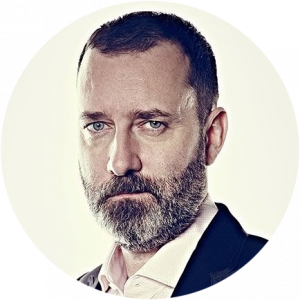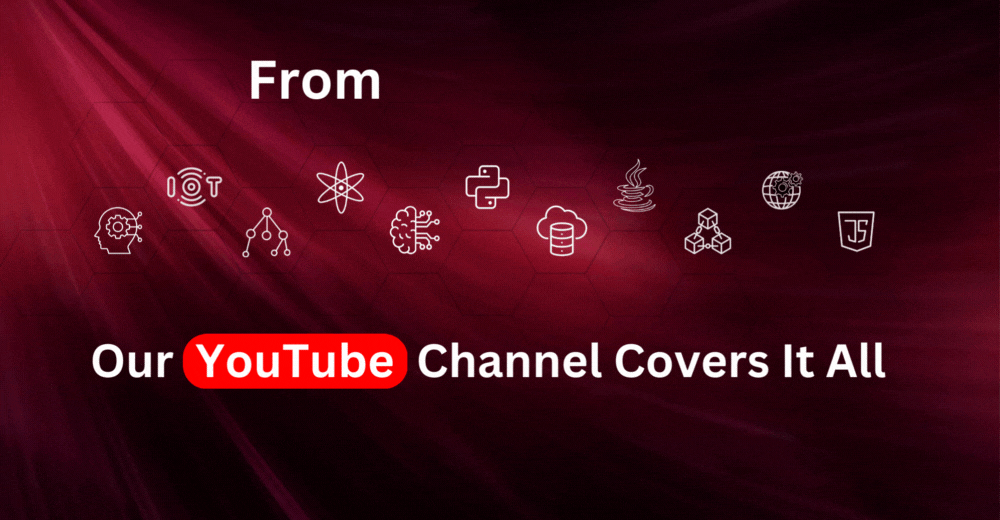Getting Started with IoT
Learn the working and terminologies of IoT now and get started with IoT today.
IoT Protocols
IoT Applications
- IoT Applications
- IoT Consumer Applications
- IoT in Education
- Government Applications in IoT
- Industrial IoT Applications
- IoT Applications in Healthcare
- IoT Applications in Agriculture
- IoT Energy Applications
- IoT Environmental Monitoring Application
- Applications of IoT in Transportation
- IoT Applications in Media
- IoT Applications in Building
- IoT Law Enforcement Applications
Difference
IoT Projects
IoT Interview Questions
Exploring the Idea
Let’s take a look at some facts about IoT and its philosophies.
The term was likely first coined by Kevin Ashton of Procter & Gamble. Cisco Systems estimates the birth of IoT somewhere between 2008 and 2009 when the things/people ratio grew from 0.08 in 2003 to 1.84 around 2010. The Internet of Things is a network of such physical devices as home appliances and vehicles embedded with sensors, actuators, software, and other electronics. These devices can connect and exchange data, which lets us essentially put the physical world into a realm of computers. This is both easy on the users and lighter on the economy as we can remotely monitor and control them.
With the current rate of proliferation, by 2020, one can hope to see about 30 billion IoT devices and a global market value of $7.1 trillion. We don’t see a reason why this isn’t an exciting domain to pursue a career in.

Kevin Ashton
Recommendations- Government Regulation on IoT
In January of 2015, the Federal Trade Commission (FTC) delivered three recommendations in a report it published:
1. Data Security- When designing IoT, companies should ensure perpetual security of data collection, storage, and processing. A ‘defence in depth’ approach is recommended with data encryption at every stage.
2. Data Consent- It should be the user’s choice what data they share with IoT companies. In case of a compromise, they must be made aware of the same.
3. Data Minimization- It is only sensible for IoT companies to harvest only the data they really need. They should also maintain it for only a limited amount of time.
